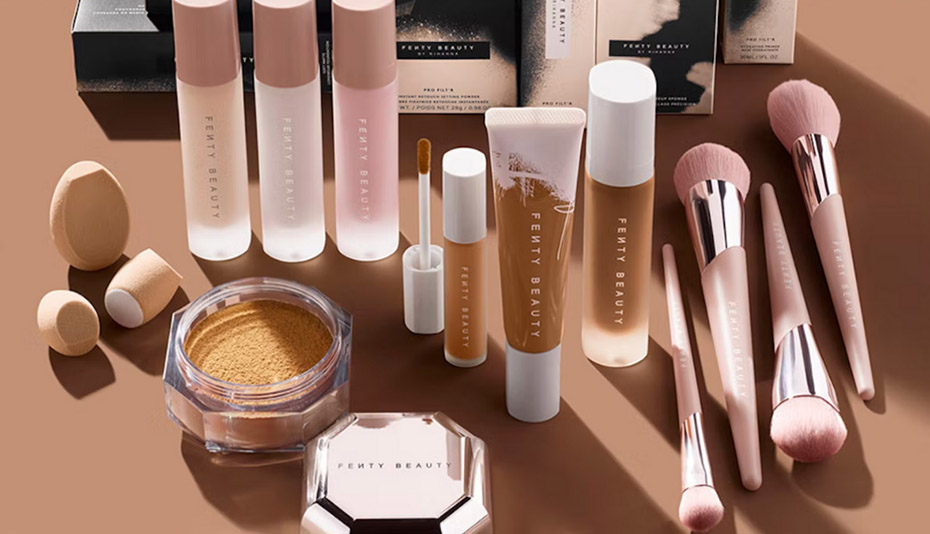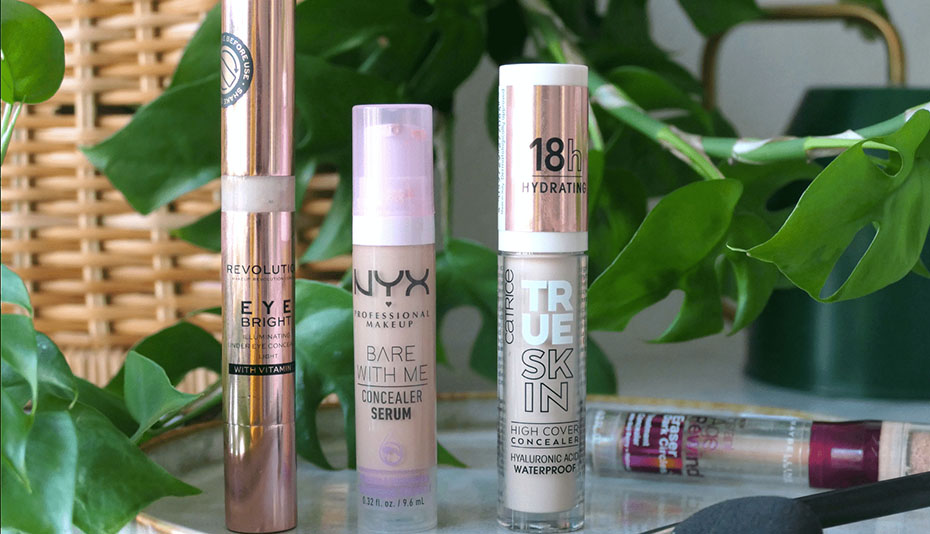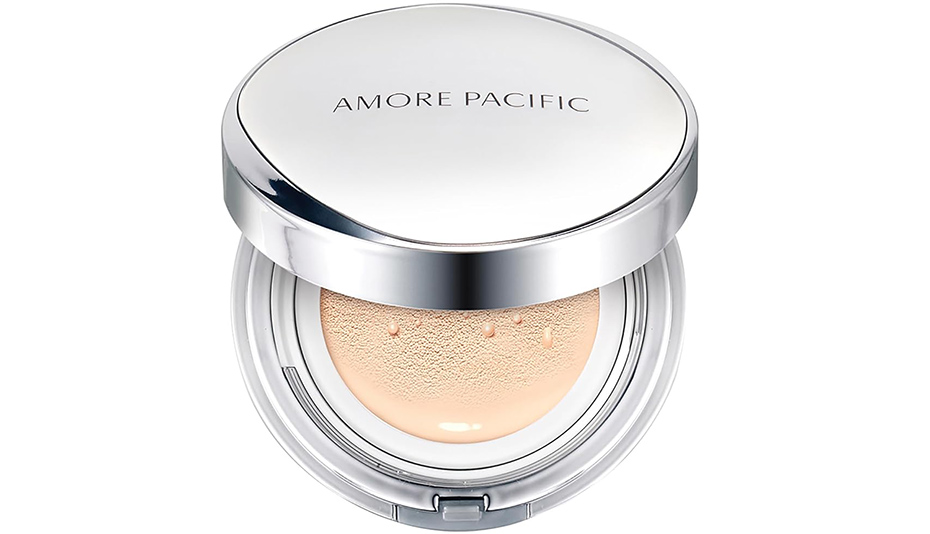Cosmetics have always been essential tools in enhancing self-image and confidence. For me, makeup is not just a beautification process but a way to express my personal style and attitude. From base makeup, eye makeup to lip makeup, each product requires careful selection and usage. Today, I want to share my years of understanding of cosmetics and guide you through the types, selection tips, and application techniques to help you create a flawless and long-lasting look.
1. Basic Categories and Functions of Cosmetics
Cosmetics are mainly divided into base makeup, eye makeup, lip makeup, and setting/auxiliary skincare products. Each category has its unique purpose and method of use, and proper combination maximizes effectiveness.
- Base Makeup: Includes foundation, cushion compacts, concealers, and setting powders. These products even out skin tone, cover blemishes, and create a radiant complexion. Choose based on skin type and desired effects (lightweight, full coverage, long-wearing, etc.).
- Eye Makeup: Covers eyeshadow, eyeliner, mascara, and false eyelashes. Eye makeup enhances the shape and expression of the eyes. Eyeshadow color should complement skin tone, outfit, and occasion; eyeliner defines the eyes.
- Lip Makeup: Lipsticks, lip glosses, and lip balms. Different shades evoke different vibes—red is bold and classic, nude is natural and fresh. Lip balm is essential for keeping lips soft and crack-free.
- Setting and Auxiliary Products: Includes setting sprays, contour, highlighters, and blush. These products add dimension and longevity to your makeup, sculpt the face, add glow, and bring a healthy flush to the cheeks.
2. Choosing the Right Cosmetics Based on Skin Type
Different skin types have distinct needs. Understanding your skin type is the first step to choosing the right products.
- Dry Skin: Go for hydrating foundations or cushion compacts with moisturizing ingredients. Avoid overly matte formulas. Use creamy concealers for better coverage without dryness.
- Oily Skin: Opt for oil-controlling, long-lasting foundations, such as matte formulas or oil-absorbing powders. Choose setting powders with strong oil control.
- Combination Skin: Tailor different areas with different products—mattifying the T-zone, moisturizing the cheeks. Use primers to balance the skin.
- Sensitive Skin: Use mild, fragrance-free, non-irritating products. Avoid formulas with excessive alcohol or preservatives.

3. Base Makeup: Selection and Application Tips
A good base is key to the entire look. It ensures smooth application of all following products.
- Choosing Foundation: Match the shade and texture to your skin tone and skin type. Try swatching on the jawline and observe under natural light.
- Cushion Compacts and Powders: Cushions are portable and hydrating, great for touch-ups. Press powder is ideal for oily skin or matte finishes. Use a puff to dab on product, not drag, to avoid cakey texture.
- Concealers: Choose a shade slightly lighter than your skin for brightening. Dab gently on blemishes or dark circles for a natural effect.
- Setting Products: Use translucent powder for all skin tones; colored powders can enhance tone. Setting sprays increase longevity and reduce powdery finish.
4. Eye Makeup Techniques and Styling
Eye makeup is the soul of the entire look. Detail makes the difference.
- Eyeshadow: Use neutral tones like browns and pinks for everyday wear. For events or night looks, go for shimmer or smoky tones for depth.
- Eyeliner: Tightlining enhances the eyes subtly, while bold outer lines define shape and can elongate the eyes.
- Mascara: Curl lashes first, then layer mascara for volume. Avoid clumps by applying in thin layers.
- False Eyelashes: Choose natural or dramatic styles depending on the occasion. Trim to fit your eye, use reliable lash glue, and ensure comfort and longevity.
5. Perfecting Lip Makeup
The right lip color instantly elevates your entire look.
- Lip Balm Prep: Keeps lips moisturized, smooths lines, and prevents flaky application.
- Lipstick Textures: Matte formulas are long-wearing and elegant; glossy or satin textures add fullness and suit daily looks.
- Lip Liners: Define the shape and prevent feathering. Match liner to lipstick and apply gently.
- Creative Lip Looks: Try ombré, layered colors, or glitter lips for a trendy twist and bold expression.
6. Cosmetic Care and Shelf Life
Proper maintenance extends product lifespan and protects skin health.
- Store cosmetics in cool, dry places, away from sunlight and heat.
- Clean makeup tools regularly to prevent bacterial growth and breakouts.
- Watch the expiration date. Most products last 6 to 12 months after opening.
- Discontinue use if irritation occurs. Switch to gentler formulas if needed.
7. Choosing the Right Brand and Product Recommendations
With so many brands on the market, finding what suits you best is crucial.
- High-End Brands: MAC, Chanel, Dior offer complete product lines and reliable quality for those seeking premium experiences.
- Emerging Brands: Fenty Beauty, Huda Beauty are loved for their color diversity and innovative textures.
- Drugstore Brands: Maybelline, L’Oréal offer great value and quality for everyday use.
- Sensitive Skin Options: Look for dermatologist-tested, fragrance-free products designed for reactive skin.

8. Makeup Removal and Skin Care
Healthy skin is the foundation of great makeup. Removal and care matter just as much as application.
- Makeup Removers: Oil-based for heavy makeup, milky cleansers for dry skin, and gentle removers for eyes and lips.
- Removal Steps: Be thorough—residue clogs pores and leads to skin issues.
- Follow-up Cleansing: Use face wash to clean deeper after makeup removal.
- Post-Makeup Care: Hydrate, repair, and moisturize to maintain skin’s barrier function.
9. Personal Makeup Insights and Tips
Over the years, I’ve gathered practical lessons that I hope help you too.
- Don’t follow trends blindly. Find products and styles that suit your features.
- A good foundation and mascara are worthy investments for boosting your whole look.
- Prepping skin is essential. Hydrated skin ensures smoother application and a better finish.
- Clean tools regularly to keep your routine hygienic and effective.
- Try new colors and techniques now and then—it helps discover your unique expression.
Cosmetics are more than tools for beauty—they’re a form of art and a reflection of lifestyle. By mastering the right methods and product selections, you can confidently shine in any situation. Whether it’s a fresh everyday look or an elegant evening face, a bit of care and creativity allows everyone to craft their own perfect makeup style. Let every makeup session be a joyful journey of self-discovery and self-expression.
